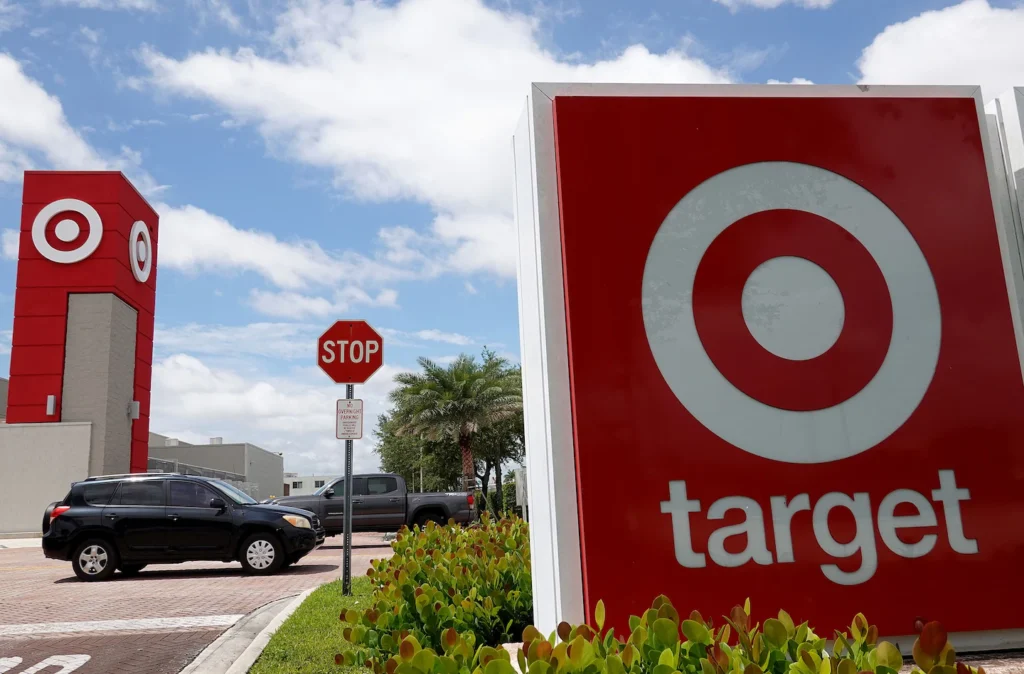
Against that backdrop entered big-box retailer Target Corp., which two weeks ago said that it has too much inventory and needs to pare back supplies. It turns out Target isn’t alone, and now some are concerned that companies are overstocked. “This inventory issue highlights the cyclical reason we’ve been saying we think inflation will unravel,” fund manager Cathie Wood told Bloomberg Television. “We think the greater risk by far is deflation.”
So do US businesses have an inventory problem? And if so, which is it — too little inventory or too much?
It’s true that companies have stocked up recently. Corporate inventories rose nearly 16% in April compared with those in the month a year earlier, according to the Census Bureau’s latest numbers, the fastest year-over-year growth on record back to 1992. Inventories for public companies are up even more. Roughly half of the companies in the Russell 3000 Index need some inventory to operate, and based on their latest quarterly financial statements, the median inventory growth for that group was about 26% over the past year.
But inventories alone don’t tell the whole story. Consumer demand has been unusually strong recently, so it makes sense that companies are spending more on inventory. One way to measure how well they’re matching supplies with demand is by tracking their inventory-to-sales ratio. In general, the lower the ratio, the better. The game is to have as little inventory on hand as possible without running out of supplies so that money can be put to better uses, such as research and investment.
By that measure, it turns out companies are highly skilled at managing inventories. The inventory-to-sales ratio for US businesses has hugged a low and tight range of roughly 11% to 13% since 1992, as measured by inventories relative to sales over the previous year. That ratio has moved higher in recent months, but barely — 11.4% in April from a recent low of 11.1% last October.
The ratio has also been surprisingly stable throughout the pandemic. It held steady during Covid’s early days in 2020 before dipping to 11.1% in 2021 from around 12% the year before, presumably because of tighter supply and greater demand. But even with the recent uptick in inventories, the ratio isn’t as high as it was before the pandemic.
Here again, public companies report similar data. The median inventory-to-sales ratio for Russell 3000 companies has ranged from 11% to 14% since 2019. It hovered around 11% in 2020 and has climbed modestly since then. It now stands at 13.6%.
So while inventories have risen over the past year, US businesses on the whole appear to be managing supplies as ably as ever. That’s useful to keep in mind when encountering anecdotes of individual companies and even some industries that are struggling to navigate recent sharp turns in supply and demand. At least for now, US companies don’t have an inventory problem and certainly not one that is contributing meaningfully to the pace of inflation.
This column does not necessarily reflect the opinion of the editorial board or Bloomberg LP and its owners.
Nir Kaissar is a Bloomberg Opinion columnist covering markets. He is the founder of Unison Advisors, an asset management firm.
More stories like this are available on bloomberg.com/opinion

